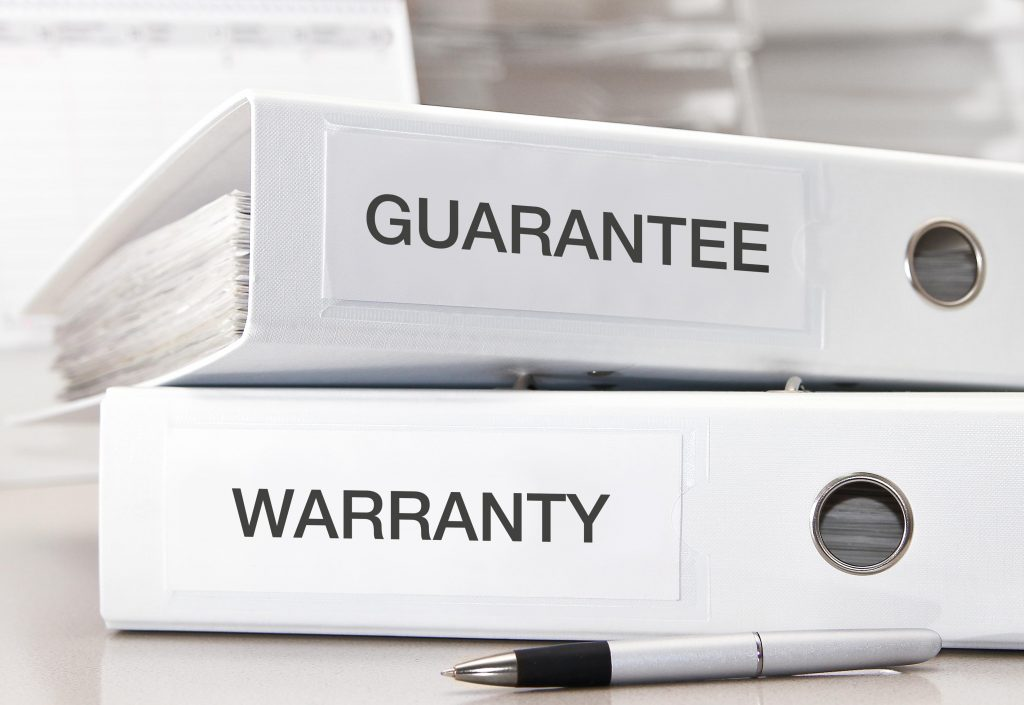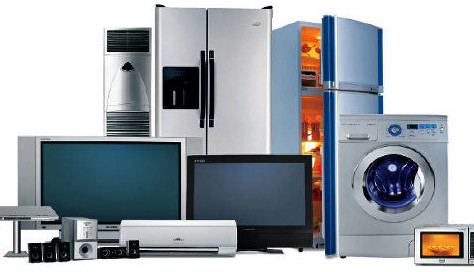Buy Durable, Quality Products: They last longer and save money in the long run
Saving money doesn’t always mean buying the cheapest
In pursuing frugality, it’s easy to be swayed by the allure of low-priced items, believing we’re making economically sound choices. However, this strategy only sometimes pans out as financial wisdom.
Sometimes, you need to spend a little more initially to save money. We’ve all been there, drawn in by the allure of a bargain price. We have all bought that cheap tool or baby stroller to have it fall apart shortly after we started using it. This experience teaches a valuable lesson: cheaper isn’t always better. Indeed, we could have saved money in the long run by buying a better-constructed tool. This realization underscores a simple truth: you get what you pay for.
Saving money is an art. Knowing how to save money is very important. The art of saving money encompasses various strategies, some of which may require reevaluating our daily habits. For instance, have you ever considered quite smoking to save money? This single change can save thousands of dollars annually, highlighting how lifestyle adjustments can significantly impact our finances. Similarly, another easy way to save money is to use a clothesline to dry your clothes. Not only does this reduce energy costs, but it also extends the life of your clothing.
Saving money on durable goods should come as no surprise. Quality benchmarks exist for a reason, and most of us can look and tell when one product is made better than another. However, it’s wise to do your research to ensure you’re making the best possible investment. To make sure, you can research the web to compare products, read reviews, and ultimately find the items that offer the best value for money.
Read more and discover how embracing the mantra “Buy Durable, Quality Products; they last longer and save money in the long run” can transform your approach to spending and saving, guiding you toward more financially wise choices.
Buy Durable, Quality Products: They last longer and save money in the long run.
Investing in durable, quality products is a wise financial decision, as these items tend to last longer, reducing the need for frequent replacements. Buy durable, quality products that last longer and save money in the long run. This longevity means you spend less over time on buying new items. For example, consider the case of appliances. A high-quality appliance may have a higher upfront cost but will operate efficiently for many years, whereas cheaper alternatives might need frequent repairs or replacements. Thus, choosing durability and quality from the onset allows you to enjoy better performance and achieve significant savings over time.
Research Before Buying
When considering a purchase, it’s crucial to engage in thorough research by taking the time to read reviews, compare products, and check the reputation of brands. This process not only aids in making an informed decision but also ensures that you are investing in quality. It’s important to note that products with a track record of durability may cost more upfront but can save you money in the long run because they last longer. By prioritizing durability and brand reputation, consumers can avoid the frequent replacements and repairs associated with lower-quality items, ultimately leading to significant savings. Therefore, investing time in research before making a purchase is not just about getting the best product available; it’s also about creating a financially prudent decision that benefits you in the long term.
Understanding the cost-per-use concept
Understanding the cost-per-use concept is a pivotal aspect of making informed purchasing decisions, particularly when assessing the value of durable goods. This concept helps you evaluate the actual cost of an item over its useful life, allowing for a more accurate comparison between higher-priced, high-quality items and their cheaper alternatives. The cost-per-use concept encourages consumers to look beyond the initial purchase price and consider the long-term financial implications of their buying choices.
How to Calculate Cost-Per-Use
Calculating the cost-per-use of an item is a practical approach to evaluating the actual value and long-term affordability of a purchase. To accomplish this, one must first determine the purchase price of the item, which serves as the basis for the calculation. This initial step involves considering the cost of the product you plan to acquire.
Next, estimating the number of times the product will be used throughout its lifespan is essential. This estimation can be derived from various sources, including the manufacturer’s information regarding the product’s durability, personal experiences with similar items, or the average lifespan of comparable products. This step is crucial as it provides a realistic expectation of the product’s utility over time.
Once the purchase price and the estimated number of uses have been established, the next step involves a simple division: the purchase price is divided by the estimated number of uses to calculate the cost-per-use. This resulting figure reveals the cost associated with each product used before purchasing. Understanding the cost-per-use helps make an informed decision by highlighting the value derived from each use of the item.
The significance of calculating cost-per-use extends beyond mere cost savings. It encourages a mindset of long-term investment in quality and durability. Often, a product that may appear more expensive upfront can be more economical in the long run. This is because a more durable item can be used more frequently and extended, lowering the cost-per-use and offering better value for money. Therefore, when assessing the cost-effectiveness of a purchase, considering the cost-per-use is a valuable tool that can lead to more informed and financially prudent decisions.
Buy Classic Over Trendy
Buying classic over trendy items is a wise choice for several reasons. Firstly, stylish items often have a short lifespan in terms of durability and style. This means that they may quickly go out of fashion or wear out, leading to a cycle of continuous purchasing and discarding, which is neither economical nor environmentally friendly. In contrast, purchasing classic, timeless designs ensures your purchase remains relevant and in good condition for years. This approach represents a more thoughtful and responsible consumption habit, maximizing the value and use of each item you own.
Look for Guarantees and Warranties

Products backed by solid warranties or guarantees are often made to last. This is because brands confident in their product’s durability are more likely to offer long-term warranties, saving you money on replacements or repairs. The presence of a substantial warranty or guarantee serves as a vote of confidence from the manufacturer regarding the quality and reliability of their product.
This means that the company stands firmly behind its product, ready to address any issues that may arise, thereby reducing the financial burden on the consumer for potential repairs or replacements. In this way, a substantial warranty or guarantee signifies a product’s quality and provides significant value and peace of mind to the customer.
Prioritize Products Made with High-Quality Materials
Prioritizing products made with high-quality materials is essential because quality materials are the foundation of durable products. To ensure you’re investing in items that will last and perform well over time, it’s necessary to research the materials used and choose items known for their longevity. For instance, opting for products made of stainless steel over those made of plastic is a wise choice in kitchenware. This careful selection process helps in acquiring products that last longer and contributes to sustainability by reducing the need for frequent replacements.
Consider the Total Cost of Ownership
In making a purchase, it’s crucial to consider the initial price and the Total Cost of Ownership. This includes maintenance, repair, and potential replacement costs. In many cases, opting for a slightly more expensive item requiring less maintenance and less likely to need repairs can be more economical over time. This approach ensures that the overall expenses associated with the item are minimized over its lifespan, offering a more cost-effective solution despite the higher upfront cost.
Buy Refurbished or Certified Pre-Owned

When considering the acquisition of electronics and appliances, it’s advisable to explore the option of purchasing refurbished or certified pre-owned items. These products often undergo rigorous testing to ensure they meet original factory specifications and can offer significant savings on used items. By choosing refurbished or certified pre-owned, you’re not just saving money; you’re also getting a product that has been carefully checked to match the quality and performance of a new item. This approach benefits your wallet and contributes to reducing electronic waste, making it a more sustainable choice.
Shop Off-Season
Purchasing off-season items can save you money while allowing you to choose high-quality products. For example, buying winter gear in the summer or vice versa lets you make cost-effective decisions. By adopting this strategy, you emphasize the importance of investing in durable, quality products. These products last longer and save money in the long run, ensuring you get the most value from every purchase.
Conclusion
Embracing a frugal lifestyle transcends the mere act of hunting for the lowest prices; it’s about making strategic, informed decisions prioritizing long-term value over short-term gains. By investing in durable, quality products, we not only save money in the long run but also contribute to a more sustainable way of living, reducing waste and the frequency of replacements. This approach to spending, which emphasizes the importance of research, understanding cost-per-use, and considering the total cost of ownership, ensures satisfaction with our purchases and fortifies our financial well-being. Remember, being frugal isn’t synonymous with being cheap; it’s about being wise with your resources. As we navigate our consumer choices, let us keep in mind that to “Buy Durable, Quality Products, they last longer and save money in the long run” is a principle that guides us towards more financially wise and environmentally responsible decisions.


